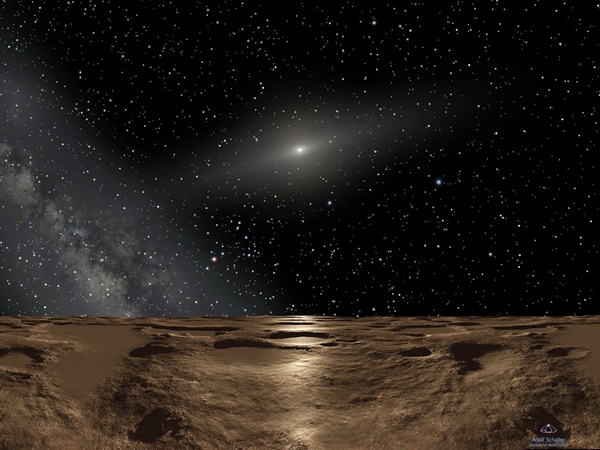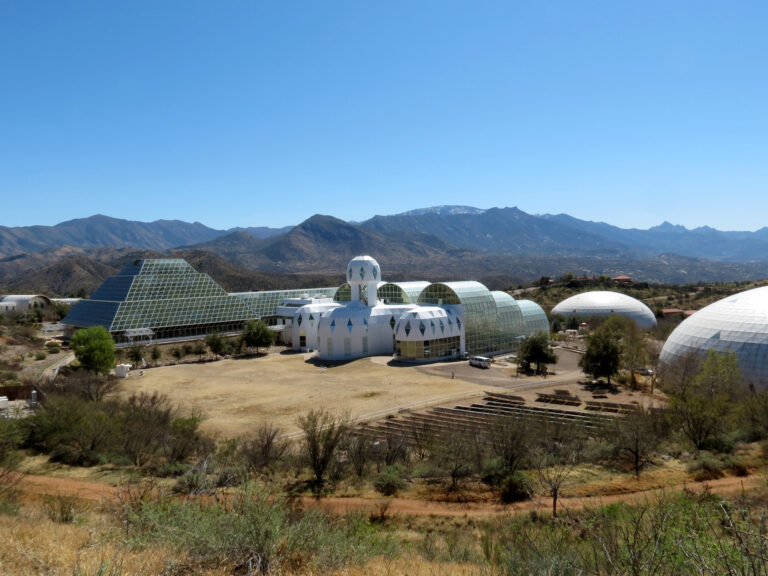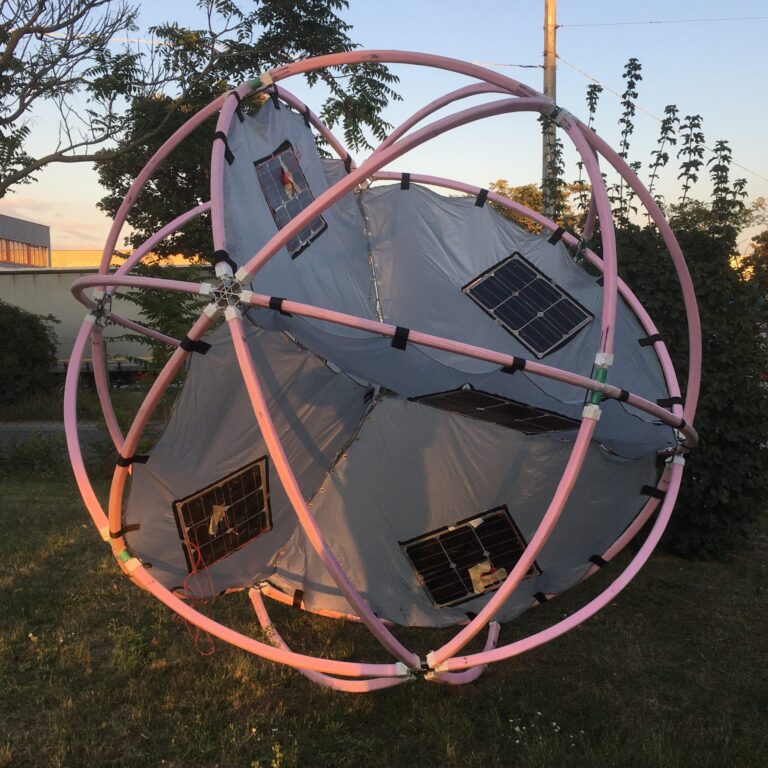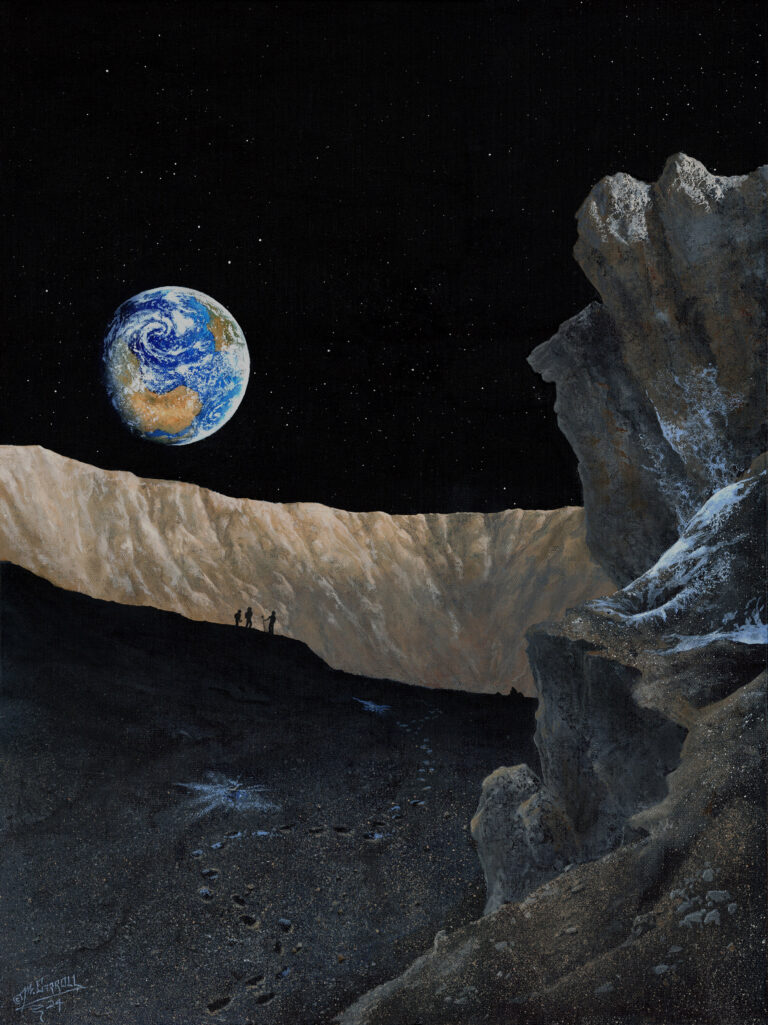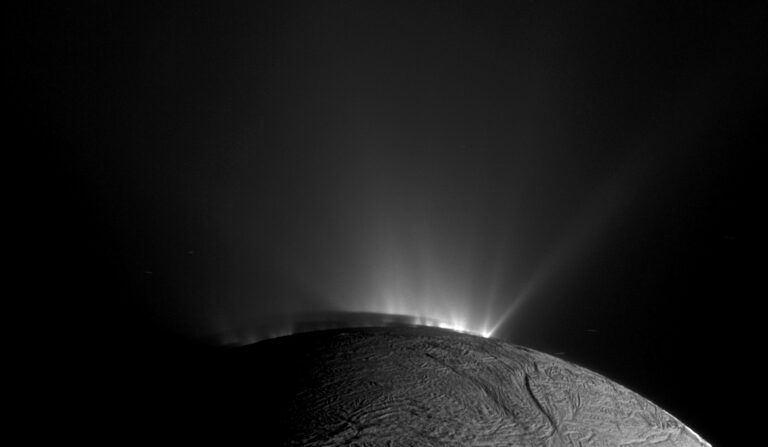Key Takeaways:
- The existence of an outer solar system belt was initially hypothesized by Frederick C. Leonard in 1930 and subsequently researched by Gerard Kuiper, but its confirmation came with the 1992 discovery of the first trans-Neptunian object, 1992 QB1, leading to the designation of the Edgeworth-Kuiper Belt.
- The Kuiper Belt is characterized as a disk-shaped collection of asteroids and iceballs situated approximately between 30 AU and 50 AU from the Sun, distinct from the more distant scattered disk and Oort Cloud.
- Kuiper Belt objects (KBOs) are classified based on their orbital dynamics, including "plutinos" which exhibit a 3:2 orbital resonance with Neptune (e.g., Pluto), and "cubewanos" lacking this resonance (e.g., 1992 QB1).
- Beyond the main Kuiper Belt, significant objects have been identified within the scattered disk (e.g., Eris, the largest known trans-Neptunian object) and potentially the inner Oort Cloud (e.g., Sedna), providing essential data for understanding solar system formation.
In 1930, American astronomer Frederick C. Leonard proposed the existence of a band of small bodies in the solar system that extends from Neptune’s orbit to a diameter of about 50 astronomical units (AU). Leonard based this hypothesis on models of solar-system formation and on orbital dynamics of the outer planets. Nearly a decade later, Dutch-American astronomer Gerard Kuiper (1905–1973) published research on the proposed belt and suggested it was the source of many short-period comets. During the 1960s, 1970s, and 1980s, researchers searched for Leonard’s outer solar system belt but found nothing.
All that changed in 1992. With the discovery of asteroid 15760, designated 1992 QB1, astronomers finally found a trans-Neptunian object (TNO), the first real member of the hypothetical belt. Astronomers believed many other such objects lay in the region, and they named it the Edgeworth-Kuiper Belt, or alternatively, the Kuiper Belt.

Bringing the universe to your door. We’re excited to announce Astronomy magazine’s new Space and Beyond subscription box – a quarterly adventure, curated with an astronomy-themed collection in every box. Learn More >>.
The belt exists between about 30 AU, the outer edge of Neptune’s orbit, and 50 AU, where Neptune’s orbital resonance causes the number of objects to drop off rapidly. Farther out from the Kuiper Belt are the so-called scattered disk and the Oort Cloud.
Over the past 26 years, the number of Kuiper Belt objects (KBOs) found has grown to more than 1,000. Among the noteworthy KBOs are Pluto and its largest moon, Charon, which led to the debate over whether Pluto should be classified as a planet or an asteroid.
Objects in the Kuiper Belt that have a 3:2 orbital resonance with Neptune (that is, whose orbital period measures 50 percent longer than Neptune’s), like Pluto, are called plutinos. The first plutino discovered (after Pluto itself) was 1993 RO. The largest known plutino (again after Pluto), 90482 Orcus, was found in 2004. Based on observations made using the Spitzer Space Telescope in 2008, this body measures about 1,000 miles (1,600 kilometers) across. For comparison, in 2015, the New Horizons spacecraft showed Pluto has a diameter of 1,475 miles (2,375 km).
Major objects found in the scattered disk include 1996 TL66 (the first object cataloged as a scattered disk object) and Eris, formerly nicknamed Xena. This object is the largest known TNO, measuring some 1,500 miles (2,400km) across. Another important asteroid discovery on the fringe of the solar system, that of 90377 Sedna in 2003, uncovered what is perhaps an inner Oort Cloud object that spans anywhere from 800 to 1,100 miles (1,300 to 1,800km) across.
Although KBO numbers continue to grow, astronomers don’t know the grand total of icy bodies that inhabit the Kuiper Belt. American astronomer David Jewett, codiscoverer of the first TNO, believes at least 70,000 TNOs exist with diameters larger than 60 miles (100km) and with orbits as close as 50 AU from the Sun.
This vast reservoir of iceballs will keep astronomers busy with discoveries and cataloging for years to come. It also will allow planetary scientists to glean a clearer picture of how the solar system formed and how its outer reaches work today.

